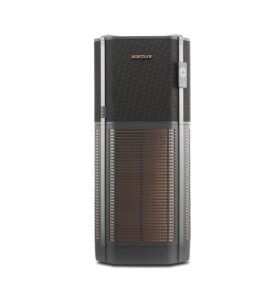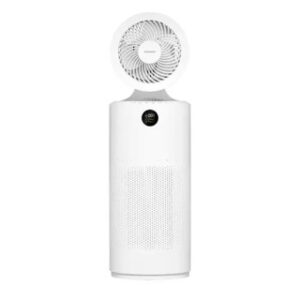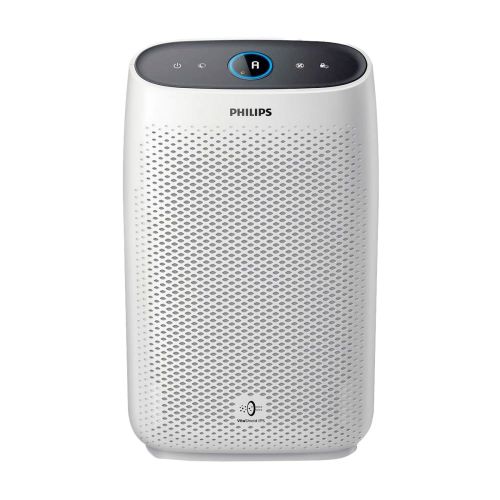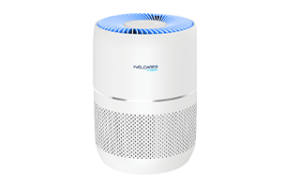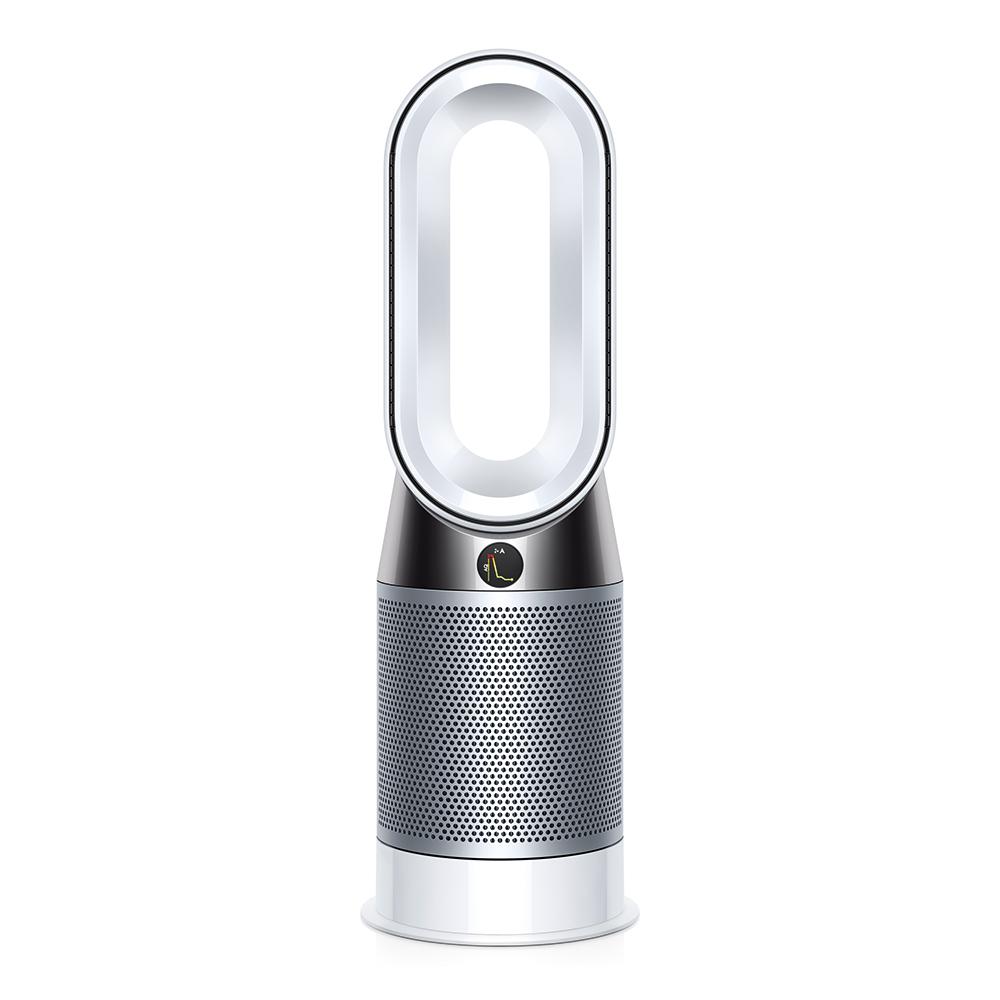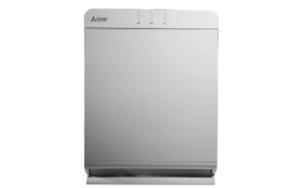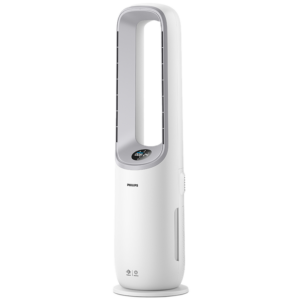It is impossible to prevent exposure to PM2.5 particles but you can limit it. Since fire and smoke are such large contributors, the best advice is to monitor how much time you spend around them.
Some easy steps are to cut out the use of wood-fired stoves and heaters, limit candles and incense in the home, don’t smoke cigarettes (or at least don’t smoke them inside), and use the exhaust fan above your gas cooktop. On smokey days, you should also keep your windows and doors closed and try to stay inside as much as possible, and wear a mask if you do have to leave the house. Just make sure it is a certified PM2.5 mask with a removable filter or an N95 (you may still have some of these laying around).
Gas heaters can also emit PM2.5 particles, but these are much lower than anything that puts out smoke. Regardless it is better to avoid unflued indoor gas heaters (for both PM2.5 and carbon monoxide reasons), or if they're being used make sure you're following the safety protocols.
When it is clear out, throw open the doors and windows to remove indoor pollutants and any moisture build up. In particularly moist areas like laundries and bathrooms, use the exhaust fan to circulate the air to help fight against mould and move any particles out of the space.
It may also be worth investing in a good quality air purifier that has a HEPA 13 filter, capable of filtering out PM2.5 particles. Most high end air purifiers are equipped with this kind of filter, and even some budget devices like those from Kmart. But some cheap options like the Ikea range are only EPA certified so they won’t do much to protect your lungs.



